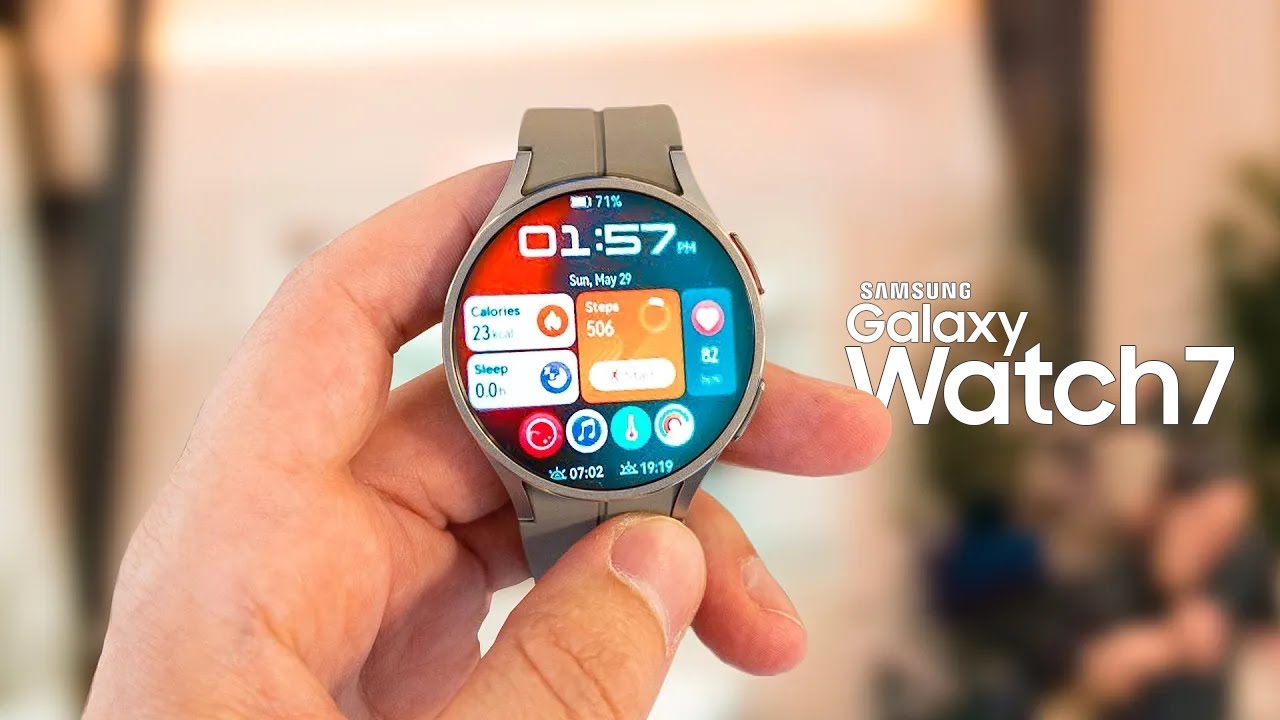Samsung’s latest smartwatch offerings, the Galaxy Watch 7 and Watch Ultra, bring exciting advancements in health tracking capabilities. However, these upgrades come with a surprising caveat: the loss of wireless charging from Samsung phones via the Wireless PowerShare function. This article delves deeper into this change, exploring the reasons behind it and its potential impact on users.

Farewell, Convenience: No More Wireless PowerShare from Your Phone
For Galaxy Watch users accustomed to the ease of topping up their watches on the back of compatible Samsung phones, a familiar feature is missing with the Watch 7 and Ultra. The convenient Wireless PowerShare functionality is no longer available on these new models.
Previously, users could simply place their Galaxy Watch on the back of a Samsung phone with Wireless PowerShare enabled, achieving a quick and effortless charge. This functionality, while seemingly minor, offered a significant advantage for users who frequently found themselves with a low battery on their smartwatch, especially while on the go.
The Culprit: New BioActive Sensor for Enhanced Health Tracking
The reason behind the missing Wireless PowerShare feature lies in the significant redesign of the health sensor array on the back of the watches. This new sensor technology, dubbed the BioActive sensor, promises a major leap forward in health data collection.
According to Samsung, the BioActive sensor allows for “assessing health-related data points that were not previously supported as well as take more reliable measurements during prolonged or specialized exercises.” This advancement in health tracking capabilities is certainly a welcome addition for fitness enthusiasts and health-conscious users.
However, the redesigned sensor array necessitated changes to the watch’s back glass. This shift in design resulted in an increased distance between the internal wireless charging coil and the charging surface on a smartphone. This increased distance effectively renders Wireless PowerShare unusable with smartphones due to insufficient power transfer.
The absence of Wireless PowerShare was first brought to light by a user named Jordy Verboven on social media. Verboven’s discovery of a Samsung support page confirmed that the design changes brought about by the new health sensors were the reason behind the missing feature.
Traditional Wireless Charging Still Works, But with Caveats
While the Galaxy Watch 7 and Ultra lose the convenience of Wireless PowerShare from phones, they still retain the ability to charge on standard wireless charging pads. However, this traditional method comes with its own limitations.
The increased distance between the watch’s internal coil and the charging surface due to the redesigned back glass can lead to slower charging speeds. Additionally, this gap could potentially result in more heat generation during the charging process.
To optimize the charging experience and potentially minimize these drawbacks, Samsung recommends using the wireless charging pad that comes included with the purchase of the Galaxy Watch 7 and Ultra. This charger is designed to ensure proper placement and facilitate a more efficient charging process.
A Missed Convenience or a Worthy Trade-Off?
The loss of Wireless PowerShare might be a disappointment for users who heavily relied on the easy top-up functionality offered by Samsung phones. It represented a quick and convenient way to keep their smartwatch powered without needing to carry a separate charger.
However, the potential benefits of the new BioActive sensor and its advanced health tracking capabilities could outweigh this inconvenience. Users who prioritize comprehensive fitness tracking and insightful health data analysis might find the enhanced health features a worthwhile trade-off for the loss of Wireless PowerShare from phones.
Ultimately, the decision of whether this change is a significant drawback depends on individual user needs and preferences. Fitness enthusiasts and health-conscious individuals who prioritize advanced health tracking functions might be happy to trade the convenience of phone-based wireless charging for the enhanced capabilities of the BioActive sensor.
For users who primarily rely on their smartwatch for basic functionality and don’t require in-depth health data analysis, the lack of Wireless PowerShare might be a more noticeable downside.
FAQs
Q: Can I still charge my Galaxy Watch 7 or Ultra wirelessly?
A: Yes, the Galaxy Watch 7 and Ultra still support wireless charging, but not via Samsung’s Wireless PowerShare function from phones. You can use standard wireless charging pads, although Samsung recommends using the included charger for optimal performance.
Q: Why did Samsung remove Wireless PowerShare from the Watch 7 and Ultra?
A: The redesigned BioActive sensor on the back of the watches necessitated a change in the shape of the back glass. This increased the distance between the internal wireless charging coil and the charging surface, rendering Wireless PowerShare unusable with smartphones.
Q: Is the new BioActive sensor worth the loss of Wireless PowerShare?
A: This depends on your individual needs. If you prioritize advanced health tracking features, the BioActive sensor might be a worthwhile trade-off. However, if you heavily relied on phone-based wireless charging for convenience, you might find its absence a significant drawback.
Q: How much slower will charging be without Wireless PowerShare?
A: The increased distance between the charging coil and the surface due to the redesigned back glass could lead to slower charging speeds. However, the exact impact on charging times is difficult to quantify without further testing.




